We generally associate allergies with what’s happening outside — pollen, ragweed, etc. But what about when you’re indoors, windows and doors shut, and you still feel sniffly? If you know it’s not dust mites or your pet, there may be some other allergens to consider, from hidden mold or cockroach droppings, to even your own toothpaste or your pillow.
Mold
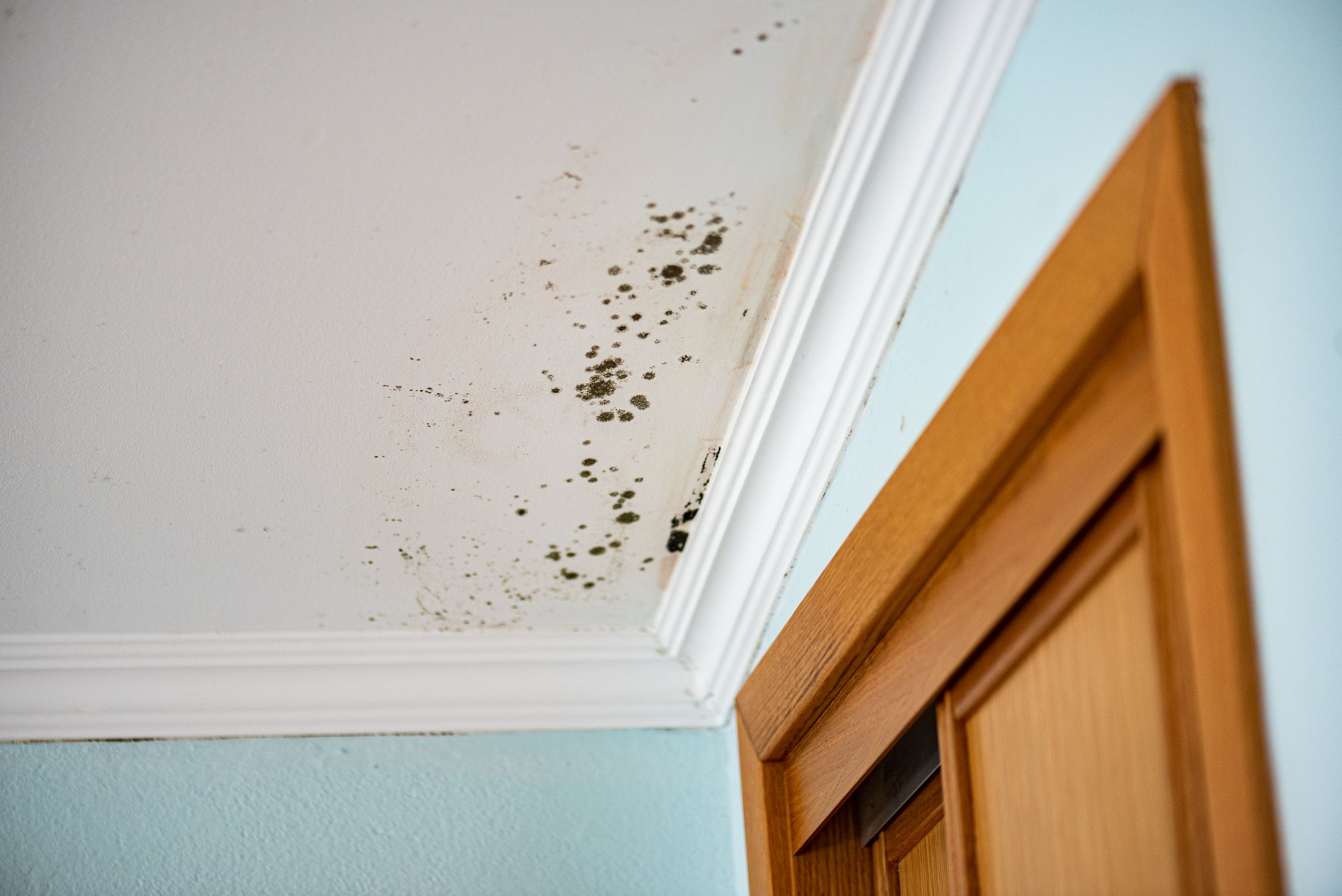
Molds are a type of fungus that grow in dark, damp areas and can cause allergies in some people, resulting in skin rash, itchy eyes, sinus, and breathing issues. Molds can be found in the home, but also in foods, and people can be allergic to different types. It’s important to note that some molds — like black mold — are toxic and can cause serious illnesses. Check for leaks, inspect any damp areas, and learn how to spot black mold as that must be safely removed ASAP.
Pollen

It’s not just an outdoor allergy. Pollen can come in via open windows, clothing and shoes, and on pets. To prevent allergies indoors, use an air purifier, clean often, bathe pets, wipe down their paws regularly, and make sure to remove any outdoor clothing and shoes upon entrance to avoid tracking through the home.
Cockroach Droppings

Gross, but true: cockroach saliva, feces, and body parts can cause allergies and asthma symptoms if in the air, including coughing, congestion, wheezing, ear and sinus infections, and skin irritation. An allergist can determine if you are allergic to cockroaches. If so, you can take steps to prevent infestation, including maintaining a tidy home, sealing off food and trash containers, and hiring an exterminator.
Plastics

Phthalates are chemicals used to make plastics more flexible and durable. They are commonly found in several household products, including food packaging, toothbrushes, cosmetics, car parts, tools, and toys. One study found a link between phthalates and wheezing and eczema.
Houseplants

Indoor plants can still release pollen, sap, or spores, and can also collect mold and dust. Symptoms of a plant allergy may include runny nose; itchy eyes, throat, and/or ears; skin irritation; headache; sneezing, and coughing. If you think plants are causing these symptoms but still want some greenery, consider getting a dehumidifier and air purifier, avoid overwatering your plants, and choose plants less likely to trigger allergies, such as Dracaena or Philodendron.
Trending on Cheapism
Herbs

Some people are allergic to certain herbs. Though commonly found in teas, chamomile and dandelion are part of the ragweed family. If you notice flare-ups when you enjoy teas or season foods with certain herbs, you may need to remove them from your diet and find alternatives.
Feathers

If you find yourself feeling especially sneezy when lounging in bed, you may be allergic to the proteins found in feathers, which can cause skin irritation and respiratory issues. Pillows, bedding, and even clothing can be stuffed with down — a layer of feathers beneath a bird’s exterior feathers — to make it fluffier and warmer. An allergist can determine if you’re allergic to feathers and, if so, you can replace any jackets or bedding with a better-for-you solution, such as synthetic microfibers.
Nickel

Nickel is the most common metal allergy, causing an itchy rash when touched. Nickel is found in jewelry, coins, zippers, cosmetics, belt buckles, and some electronics. Reactions can be avoided by choosing hypoallergenic jewelry, replacing items that contain nickel, and wearing gloves if you have to work with metal tools or other objects that contain it.
Sign up for our newsletter
Toothpaste
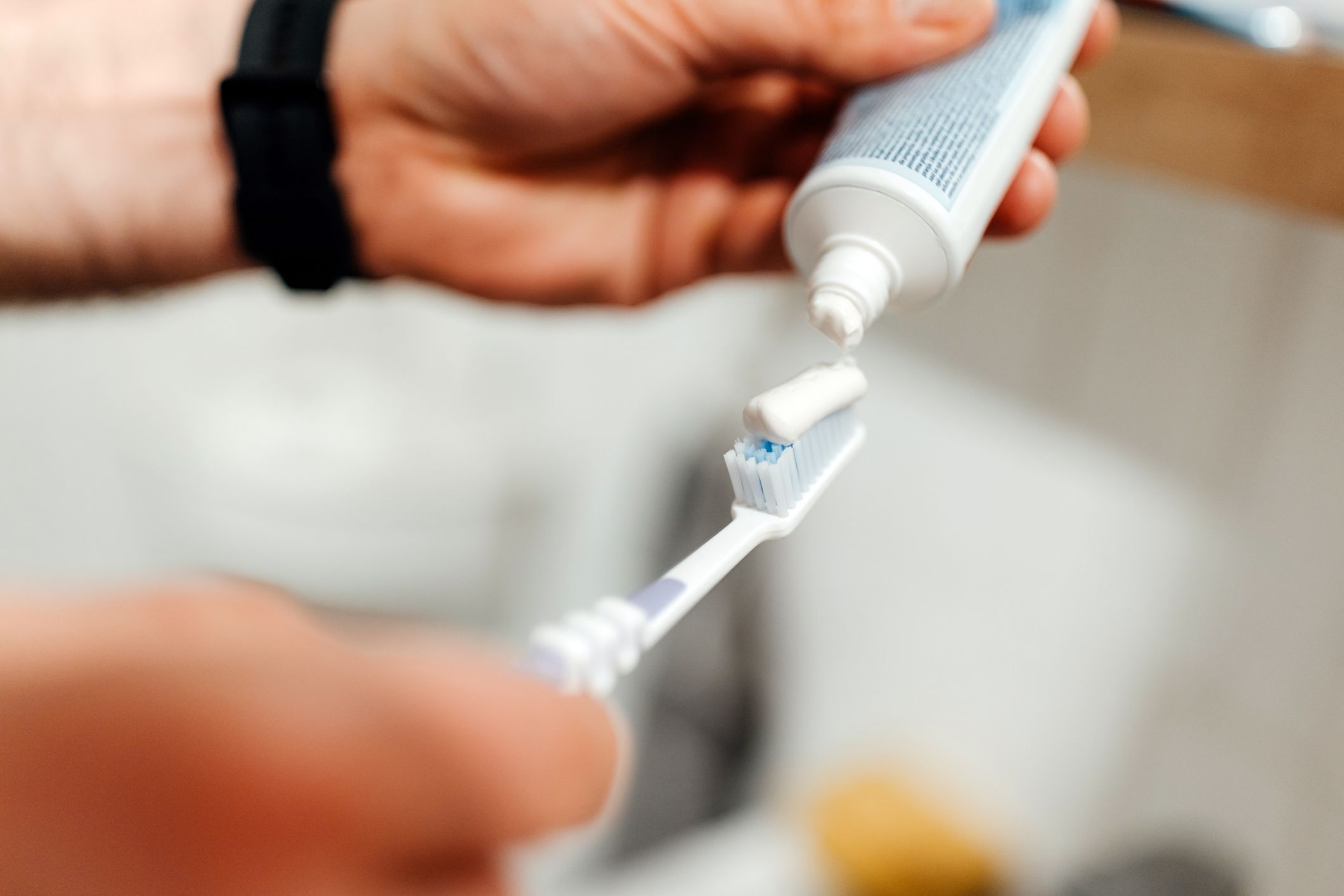
If you have irritation or a rash around your mouth, the culprit may be toothpaste. Sodium lauryl sulfate (SLS) is a common ingredient found in the dental hygiene product, but it can cause rashes, canker sores, swollen gums, and perioral dermatitis — bumps and blisters around the mouth — in some people. If this happens to you, consult a dermatologist and switch kinds of toothpaste.
Candles
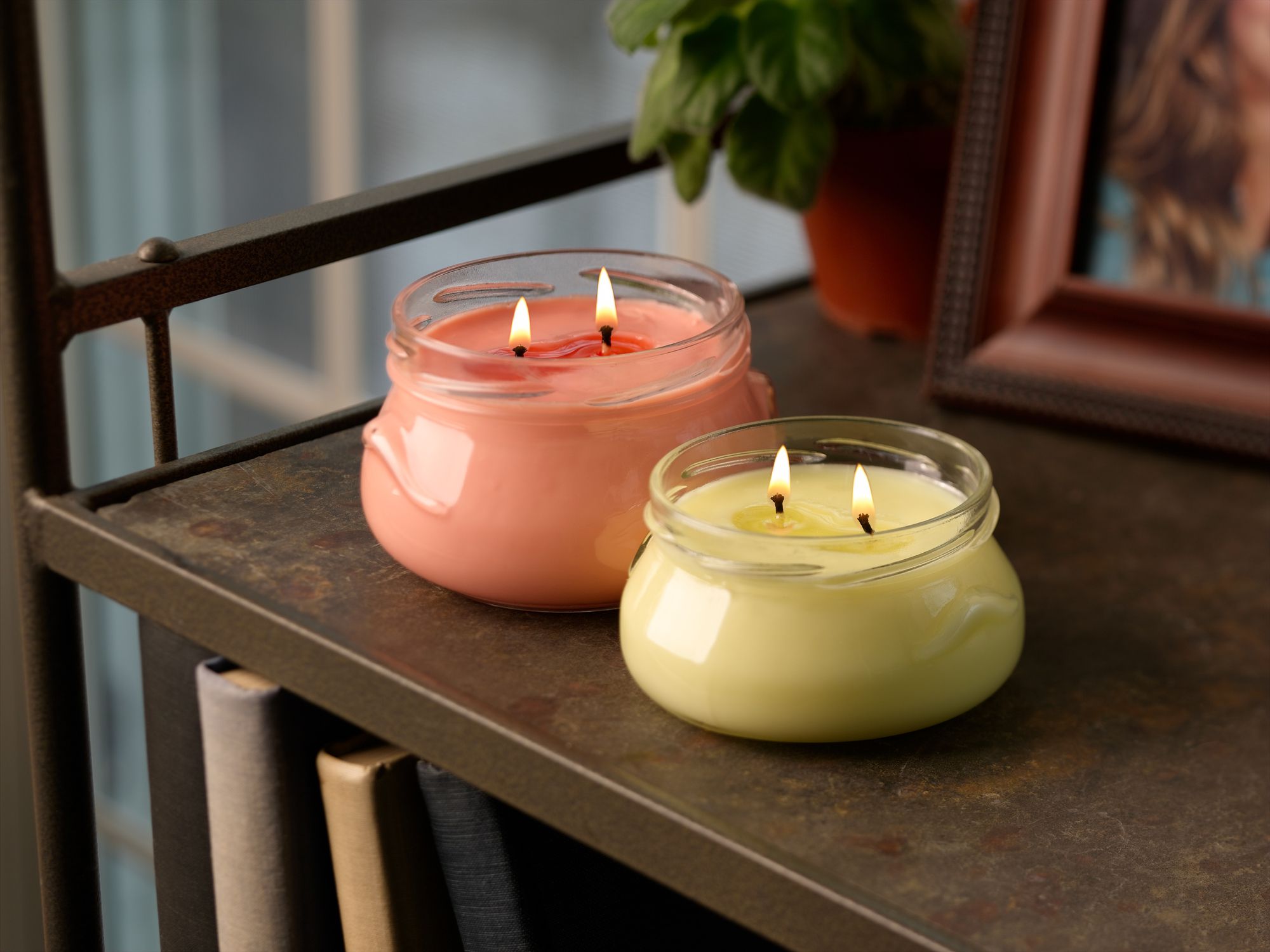
Scented candles, soaps, and plug-in diffusers can trigger allergy symptoms including sneezing, coughing, runny nose, and headaches, either due to an actual allergy or because the fragrances irritate the respiratory system. Choosing fragrance-free products or flameless candles can help.
Cold
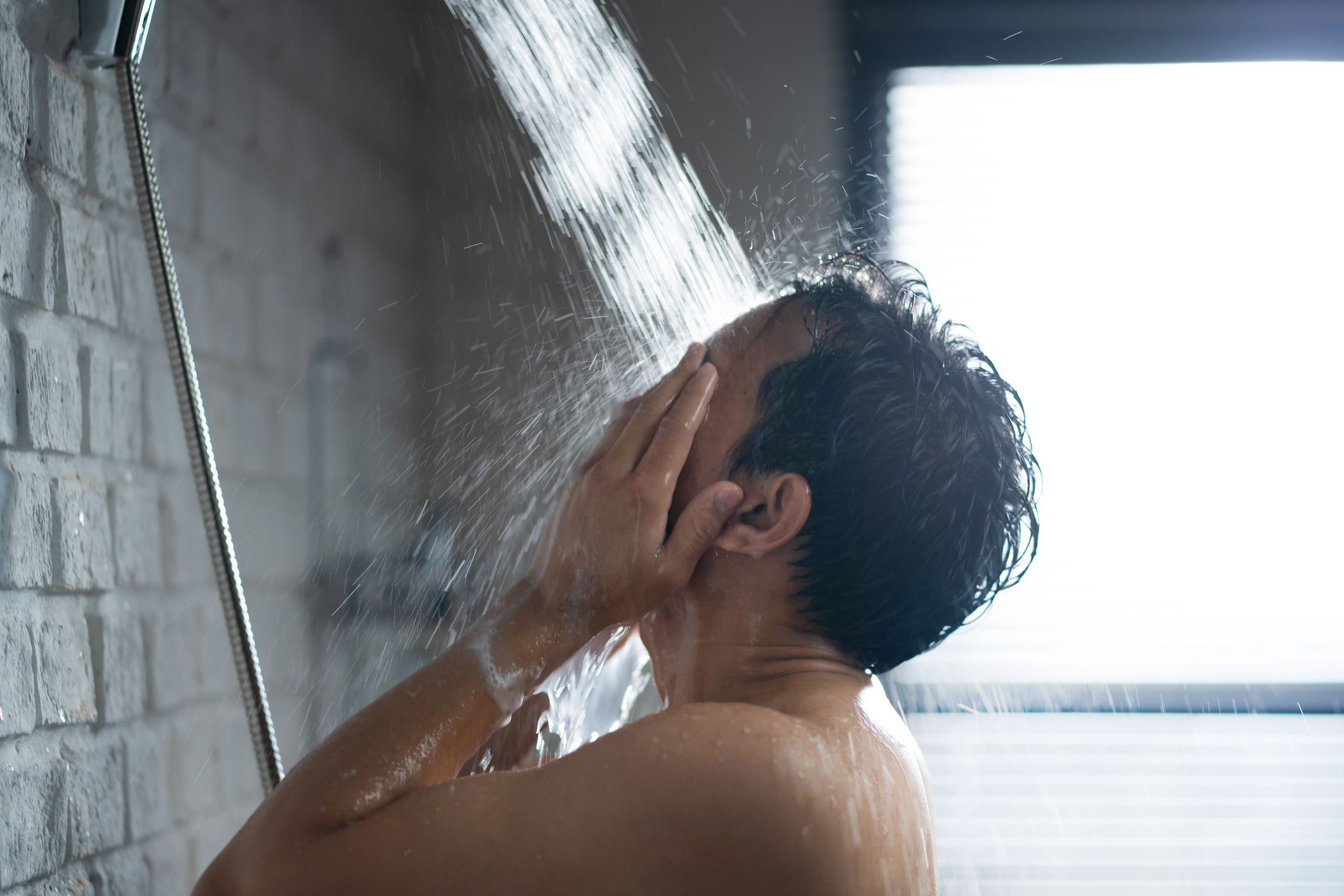
A lot of skincare experts tout the benefits of cold showers, washing your face in cold water, and ice rollers, but could you be allergic to low temperatures? Cold urticaria is rare but appears as hives or swelling when skin is exposed to cold. It can be mild or severe, resulting in fainting or shock. It’s more likely to occur with full skin exposure, so maybe avoid those cold plunges if this sounds familiar.
Your Clothes

Clothing or textile dermatitis manifests as a rash, redness, itchiness, or scaly skin, typically in any place where your clothing is tight or folds, such as armpits or behind the knees. This could be due to a reaction to something in the clothes themselves and is more common with synthetic materials, such as nylon or spandex. However, you can also get irritant dermatitis if your clothes are too tight and you sweat in them.
Cleaning Products
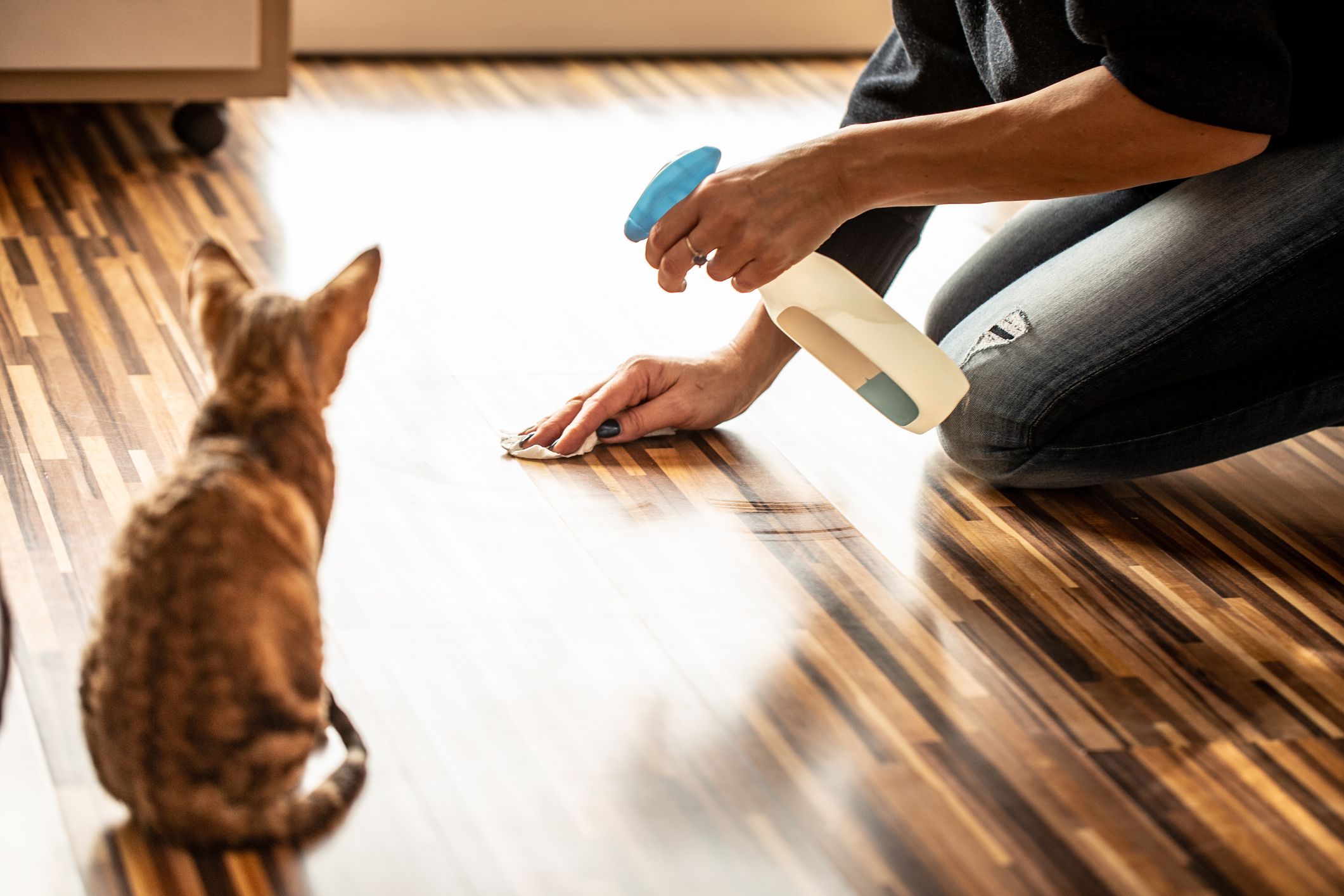
Some household cleaning agents have been linked to an increase in asthma and allergy symptoms. These tend to be products that contain harsher chemicals, including ammonia, bleach, sulfuric acid, and formaldehyde. If you notice yourself experiencing symptoms when cleaning, consider switching to homemade cleaners using ingredients like lemon, vinegar, baking soda, and water.






